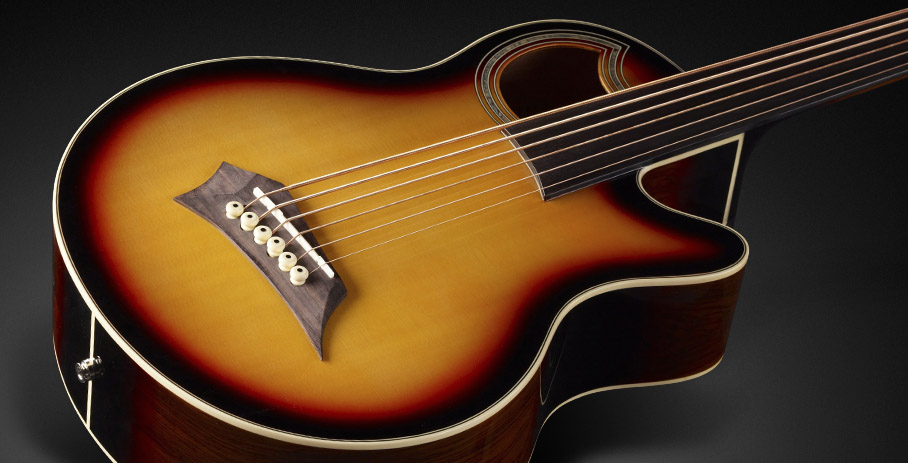Oteil Burbridge Chord Voicings – Bass Practice Diary – 8th May 2018
This week I’ve been working on chord voicings based on a chord that I heard Oteil Burbridge play. Check out this video and the chords are written out at the bottom of the page.
Oteil Burbridge is a wonderful bass player. A fellow 6-string player with an incredible grasp of melody and harmony. If you’re not familiar with his playing I would highly recommend checking him out. When I heard him play the chord I demonstrated in the video I thought it had a really interesting and modern sound.
Intervals and Keys
When I’ve found a really cool voicing like this one, I like to try and find every possible permutation of it. A great place to start is with major keys.
Every chord is a sequence of intervals. See my video on intervals here. There are four notes in this particular chord voicing which creates three intervals. Starting at the lowest note you go up a fifth to the next note. Then a second to the third note and then another fifth to the fourth and final note.
So I started by working out every permutation of these three intervals within a major key. Each key gives you seven chords. I’ve demonstrated these in the video in the key of F major. So I’m using only the notes F, G, A, Bb, C, D, E.
If you want to take this a step further you could apply the same process to other scales, such as harmonic minor, melodic minor or diminished.
You could also work out every possible mathematical permutation of a fifth, a second and a fifth. A fifth could be a perfect fifth or a flat fifth and a second could be a major second or a minor second. Arguably you could include a sharp fifth and a sharp second as well which would dramatically increase the number of possible permutations. However, I would prefer to think of a sharp second as a minor third and a sharp fifth as a flat thirteenth.
They may not all sound great and some of them might be quite tough to play. However, it would be a great exercise in working out harmony.
Here are the seven chords I worked out in the key of F major using the Oteil Burbridge chord voicing.











